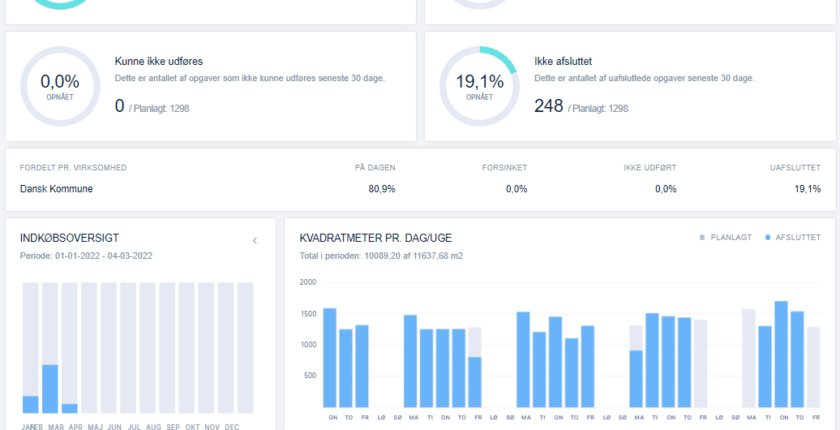IoT and Data-Driven Cleaning
The cleaning industry is evolving rapidly, driven by innovative technologies like IoT (Internet of Things) and data analytics. IoT and data-driven cleaning are revolutionizing how businesses manage hygiene and optimize operations. By integrating smart devices and real-time data, companies can improve service efficiency, ensure superior hygiene standards, and reduce costs. This transformative approach is setting new benchmarks for cleanliness and operational effectiveness, particularly in professional cleaning services across New Zealand.
Revolutionizing Hygiene and Efficiency
IoT and data-driven cleaning are reshaping hygiene management in profound ways. By leveraging smart sensors and connected devices, businesses can:
- Monitor cleanliness in real-time: IoT-enabled sensors detect areas requiring immediate attention, ensuring consistently high hygiene standards.
- Automate routine tasks: Automated cleaning schedules reduce the need for manual intervention, saving time and labor costs.
- Enhance supply management: Sensors in dispensers track soap, sanitizer, and paper towel usage, preventing shortages and waste.
Moreover, data analytics plays a pivotal role in maintaining hygiene by identifying patterns and trends. For instance, data from foot traffic sensors can pinpoint high-use areas that require frequent cleaning. Such insights allow cleaning teams to prioritize tasks, ensuring resources are allocated effectively.
Examples from the New Zealand cleaning sector, such as those highlighted on CleaningNZ, demonstrate how IoT solutions are helping businesses maintain competitive advantages. Companies adopting these technologies report fewer customer complaints, better regulatory compliance, and improved staff productivity.
Optimizing Service Efficiency
Beyond hygiene, IoT and data-driven cleaning significantly enhance operational efficiency. By collecting and analyzing data, cleaning businesses can:
- Optimize staff allocation: Data-driven insights help managers deploy staff where they are needed most, minimizing idle time and ensuring task completion.
- Improve maintenance schedules: Predictive analytics can identify equipment requiring maintenance before breakdowns occur, reducing downtime and repair costs.
- Reduce energy consumption: Smart cleaning machines monitor and adjust energy usage based on demand, contributing to sustainability goals.
For example, GPS-enabled cleaning equipment provides real-time tracking, allowing supervisors to monitor progress and ensure accountability. Integration with cloud-based platforms enables centralized control, making it easier to oversee multiple sites. According to CleaningNZ, these advancements have become essential for businesses seeking to maximize profitability and maintain a strong market position.
The Future of Cleaning
The integration of IoT in the cleaning industry marks the beginning of a new era in hygiene management. By monitoring supplies, maintaining equipment health, and optimizing service efficiency, IoT empowers businesses to meet rising expectations for cleanliness in a cost-effective and environmentally conscious manner.
As the technology continues to evolve, the potential applications of IoT in cleaning will only grow, paving the way for smarter, more sustainable cleaning solutions that redefine industry standards.
Takeaway
IoT and data-driven cleaning are transforming the cleaning industry by enhancing hygiene, operational efficiency, and sustainability. For cleaning businesses in New Zealand, leveraging these technologies is no longer optional but essential for staying competitive. Utilizing platforms like CleaningNZ to connect with skilled professionals and cutting-edge tools can streamline operations and ensure success in this evolving landscape.


